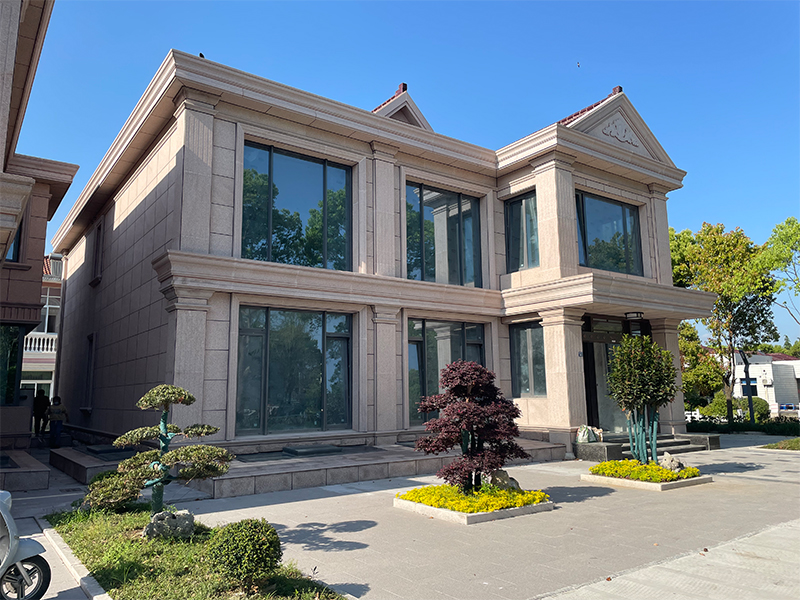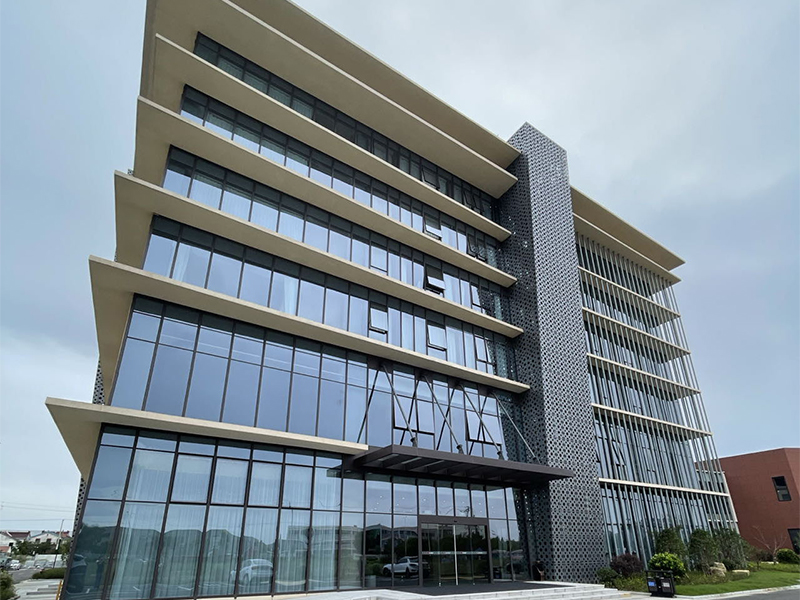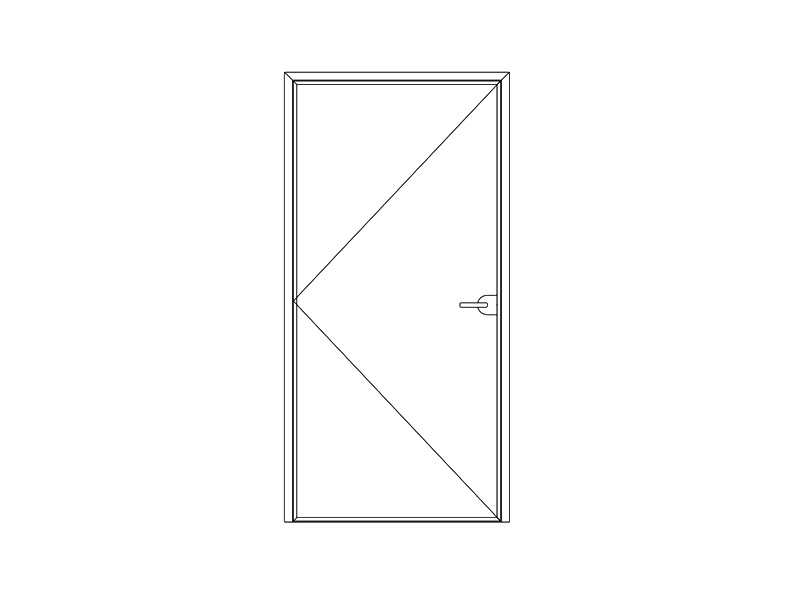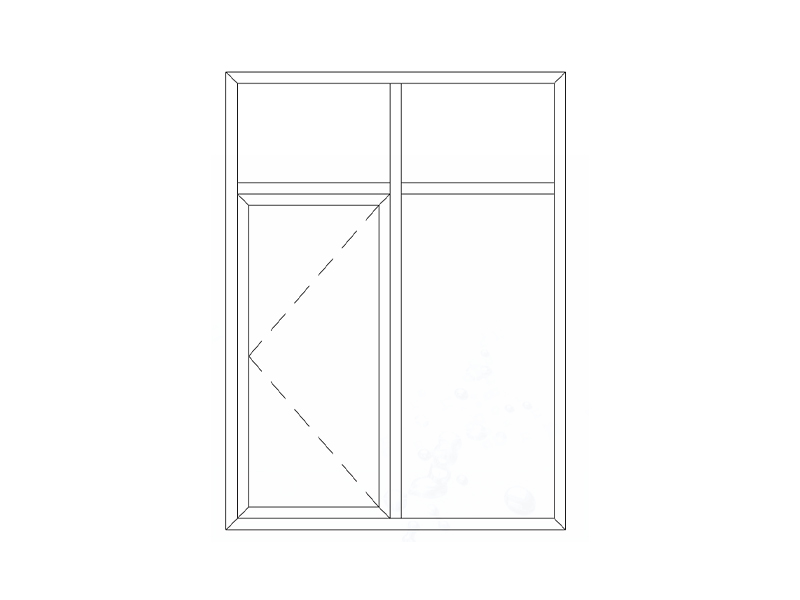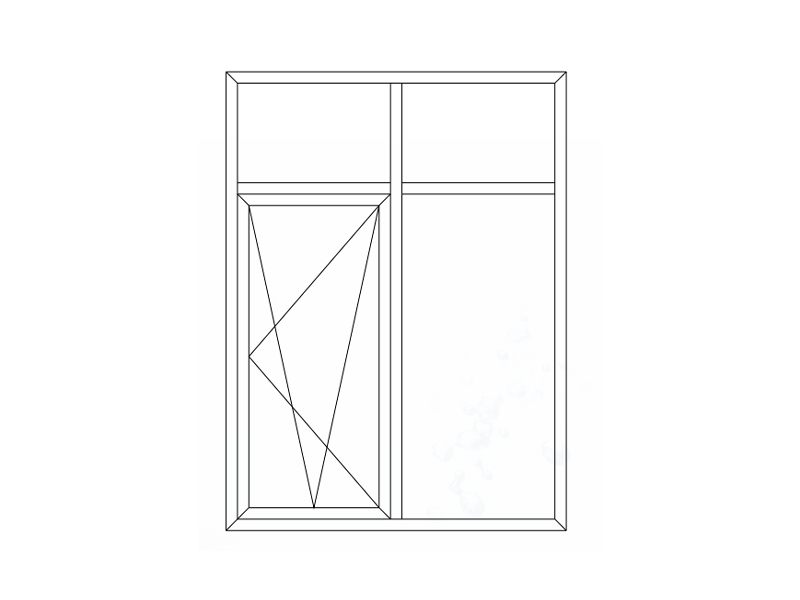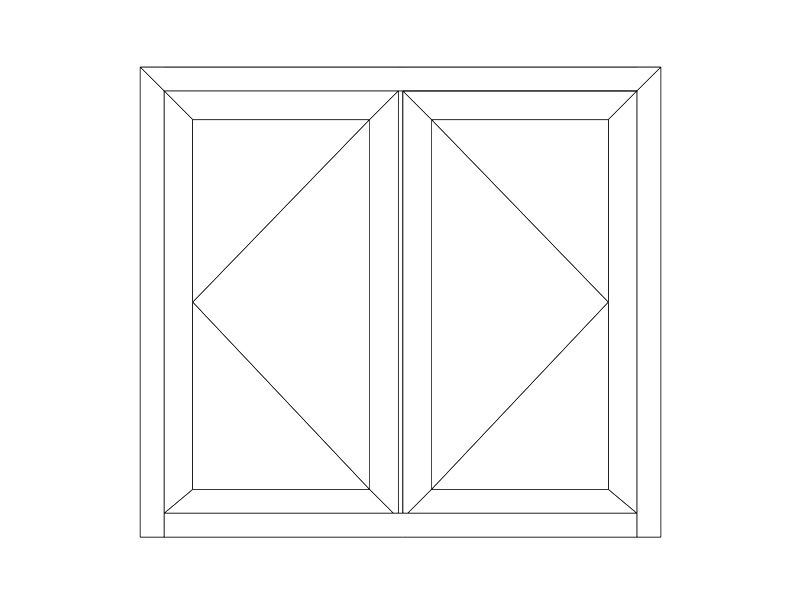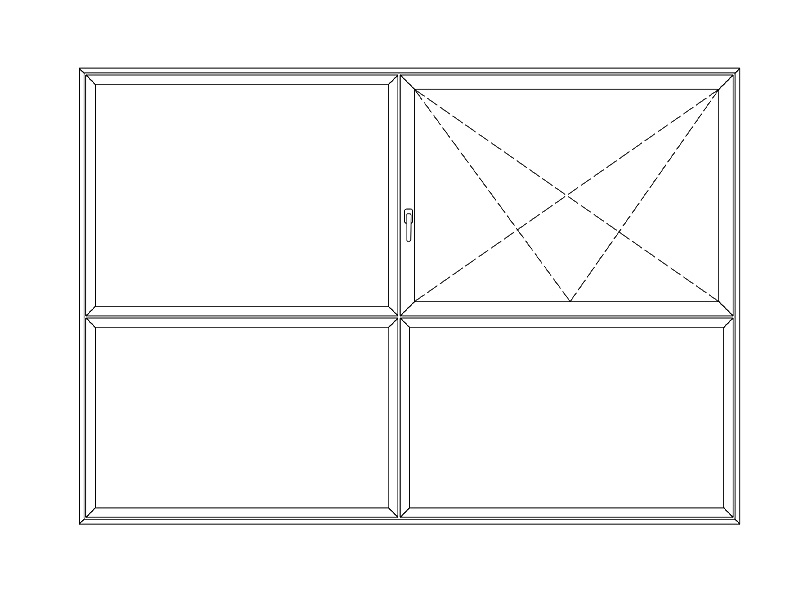The rapid expansion of solar energy necessitates not only efficient photovoltaic panels and inverters but also robust and reliable mounting solutions. Among these, aluminum solar clamps play a critical, albeit often overlooked, role. These seemingly simple components are the linchpin that secures solar panels to mounting rails, ensuring the longevity, stability, and optimal performance of an entire solar array.
The Material of Choice: Why Aluminum?
Aluminum stands out as the preferred material for solar clamps due to a confluence of advantageous properties:
Exceptional Strength-to-Weight Ratio: Aluminum alloys, particularly those from the 6xxx series (e.g., 6005-T5, 6063-T6), offer significant strength while being remarkably lightweight. This reduces the overall load on roof structures and simplifies handling during installation.
Superior Corrosion Resistance: In both coastal and industrial environments, solar installations are exposed to various corrosive elements. Aluminum naturally forms a passive oxide layer that protects it from rust and corrosion, ensuring long-term durability without significant degradation. Anodization further enhances this property.
Excellent Thermal Conductivity: While not as critical as for the panels themselves, aluminum's good thermal conductivity can help dissipate any minor heat buildup at the clamp-panel interface.
Recyclability and Sustainability: Aluminum is 100% recyclable without loss of quality, aligning perfectly with the sustainable ethos of the solar industry. This contributes to a reduced environmental footprint throughout the product lifecycle.
Cost-Effectiveness: When considering the entire lifecycle and performance benefits, aluminum offers a highly cost-effective solution compared to other materials that might require more frequent replacement or maintenance.
Design Considerations and Engineering Principles
The seemingly simple design of a solar clamp belies the sophisticated engineering that goes into its development. Key design considerations include:
Clamping Force Distribution: The clamp must exert sufficient, yet evenly distributed, force across the solar panel frame to securely hold it without causing stress concentrations that could damage the panel.
Wind and Snow Load Resistance: Clamps are designed to withstand significant uplift forces from wind and downward pressure from snow loads, ensuring the panels remain in place under extreme weather conditions. This involves calculating shear and tensile stresses on the clamp and its connection points.
Thermal Expansion and Contraction: Solar panels and mounting systems expand and contract with temperature fluctuations. Clamps must accommodate these movements without inducing undue stress on the panels or compromising their grip. This is often addressed through specific clamp designs or by allowing for slight movement within the system.
UV Resistance: Exposure to intense ultraviolet (UV) radiation can degrade many materials over time. Aluminum itself is highly UV resistant, and any non-metallic components (like rubber inserts) are specifically chosen for their UV stability.
Ease of Installation: Professional installers prioritize clamps that are quick and easy to install, minimizing labor costs and project timelines. Features like pre-assembled components, single-tool installation, and integrated grounding mechanisms contribute to this.
Grounding and Bonding: Many aluminum clamps are designed to facilitate electrical grounding and bonding of the solar array, providing a safe path for fault currents and meeting electrical code requirements. This can involve integrated teeth or designated grounding points.
Aesthetics: While functional, the appearance of clamps also matters, particularly in residential installations. Sleek, low-profile designs are often preferred.
Types of Aluminum Solar Clamps
Solar clamps are primarily categorized by their application:
Mid Clamps:
Function: Used to secure the internal edges of two adjacent solar panels to the mounting rail.
Design: Typically feature two clamping surfaces that apply pressure to the frames of two panels. They often incorporate a serrated or textured inner surface to enhance grip.
Variants: Available in various heights to accommodate different panel frame thicknesses. Some designs offer integrated grounding teeth.
End Clamps:
Function: Used to secure the outer edges of the solar panels at the ends of a row to the mounting rail.
Design: Feature one clamping surface that holds a single panel frame. They are essential for providing a secure and finishe
d edge to the array.
Variants: Like mid-clamps, they come in different heights. Often include a bottom bolt that slides into the rail channel and a top clamping piece that tightens down.
Thin-Film Clamps (Specialized):
Function: Designed specifically for thin-film solar modules, which lack traditional rigid frames.
Design: These clamps often feature a wider, softer clamping surface (e.g., with rubber pads) to distribute pressure evenly and prevent damage to the delicate thin-film material. They may also be designed to clamp directly onto the glass substrate.
Installation Best Practices and Considerations
Proper installation is paramount for the long-term performance and safety of a solar array. Key best practices include:
Tooling: Use the correct torque wrench to ensure fasteners are tightened to the manufacturer's specified torque values. Over-tightening can deform the clamp or panel frame, while under-tightening can lead to insufficient grip.
Panel Alignment: Ensure panels are perfectly aligned before tightening clamps to prevent stress and maintain an aesthetically pleasing array.
Gap Management: Maintain specified gaps between panels (if required by the panel manufacturer or system design) to accommodate thermal expansion.
Grounding Integrity: Verify that all grounding connections facilitated by the clamps are secure and meet local electrical codes.
Regular Inspection: Although durable, periodic inspections of clamps are advisable, especially after severe weather events, to ensure continued security and identify any potential issues.
Compatibility: Always ensure that the chosen clamps are compatible with the specific solar panel frames and mounting rail profiles being used. Different manufacturers may have varying rail designs.
The Indispensable Role in the Solar Ecosystem
Aluminum solar clamps, while small in size, are fundamental to the success of photovoltaic installations. Their robust design, material properties, and precision engineering ensure:
Structural Integrity: They are the primary components that physically connect the panels to the racking system, transferring all loads (wind, snow, seismic) from the panels to the underlying structure.
Long-Term Reliability: By securely holding panels in place, they prevent movement, abrasion, and potential damage that could lead to performance degradation or system failure over the system's 25+ year lifespan.
Safety: Properly installed and grounded clamps contribute to the overall electrical safety of the system, protecting against potential electrical hazards.
Optimized Performance: A secure and stable array prevents panel flexing or misalignment, which could otherwise lead to minor shading or inefficiencies.
Conclusion
Aluminum solar clamps are far more than just metal fasteners; they are precision-engineered components vital to the stability, safety, and long-term performance of every solar power system. Their selection of aluminum as a material, coupled with rigorous design principles, underscores their critical role in transforming sunlight into sustainable energy. As the solar industry continues its growth trajectory, the continuous innovation and refinement of these unsung heroes will remain essential for building ever more resilient and efficient renewable energy infrastructure worldwide. Understanding their significance is key to appreciating the intricate engineering that underpins our transition to a cleaner energy future.


